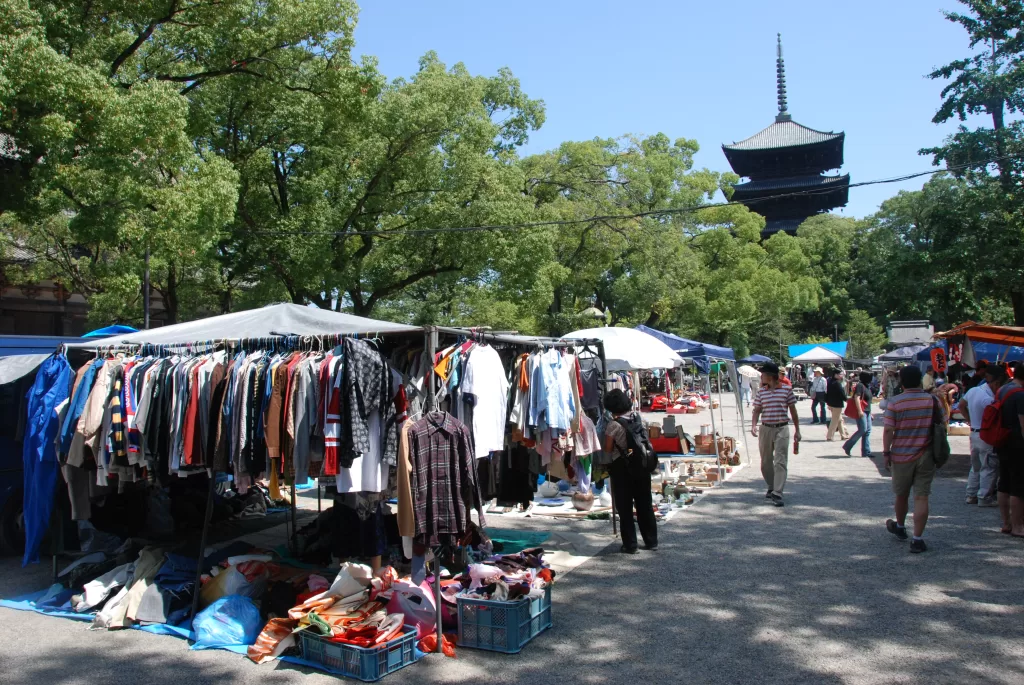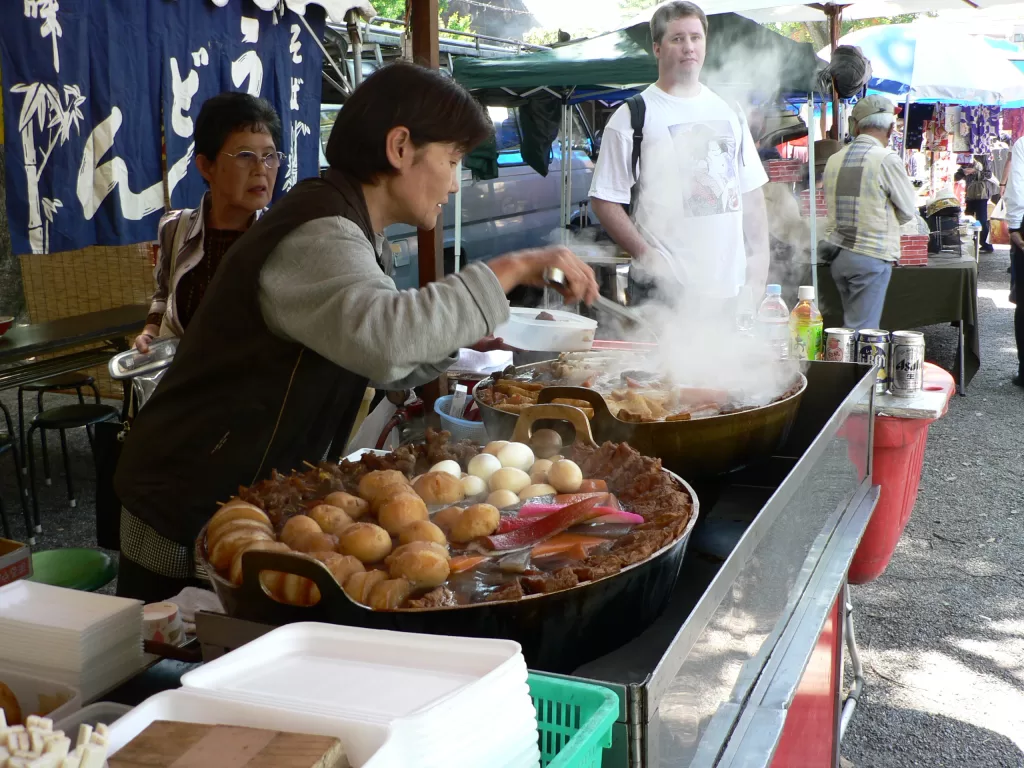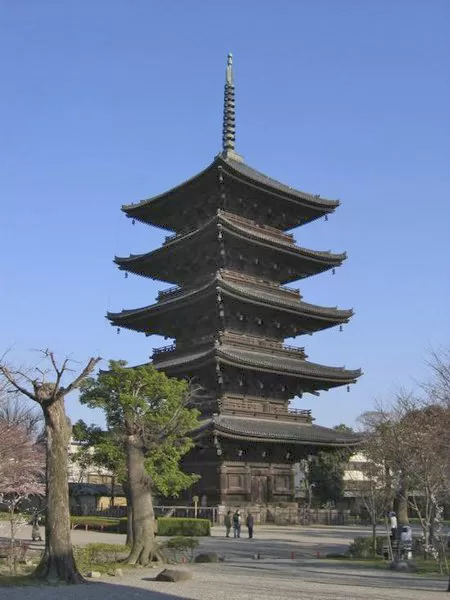Unleashing the Vibrant Charms of Toji Kobo Market
The 21st June Event: Kobo Market
The upcoming Kobo Market event on June 21st at the UNESCO World Heritage Site, Toji temple, is set to attract thousands of locals and tourists. It’s held on the 21st of each month, in commemoration of the passing of the monk Kukai (774–835), who was also known as Kobo Daishi. Featuring almost a thousand vendors and attracting over 100,000 visitors, it epitomizes lively commercial activity set amidst spiritual reverence.

Product Offering: Antiques and Textiles Galore
The stalls at the Kobo Market present a diverse array of authentic Japanese products. Traditional artefacts like ceramics, tea cups, vases are plentiful at the venue. Despite language barriers that can exist between vendors and foreign stall owners, customers are always encouraged to engage in conversation about these crafted products with vendors.
A Mish-Mash of Unique Souvenirs
Alongside traditional items, an interesting collection of daily use items from footwear to chopsticks; curios including old records from bygone Japanese era; and Buddha statues can be found. One can essentially pick up any mish-mash items acting as perfect mementos to remember your visit to Kyoto. It’s truly one of the most amazing Kyoto events.

Exploring beyond the Stalls: Toji’s Architectural Brilliance
Aside from the opportunity to sift through stalls for souvenirs or bargain finds, the architectural grandeur of Toji itself provides visitors with a historical and cultural retreat. Founded in 796 AD, one can find several buildings that add to its beauty including the southern and northern gates and pagoda.

The Legend behind Toji Temple
Toji translates to “East Temple”. It stands as a symbol of protection against negative spiritual energies for Kyoto city since its inception as imperial capital, along with another West Temple Saiji on another side of Rashomon gate. Even though Saiji has disappeared today along with Rashomon gate, To-ji still stands tall gracing Kyoto with its mesmerizing views while continuing its legacy.
History dates back to 823 when Emperor Saga assigned the monk Kukai in charge of To-ji temple which subsequently turned into headquarters for Shingon sect leading Buddhist teachings in Japan. Kukai holds immense importance in Japanese history particularly within Shingon sect. Known for his immense learning from China which he brought back to Japan including spiritual teachings and civil engineering concepts used multiple times within temple grounds.
Shingon Sect’s Respect for Kukai
Still revered as an ancient legendary figure inside Shingon Sect believers promises similar reverence towards British legend King Arthur i.e., he never died but continues his meditation inside a mountain awaiting arrival of next Buddha or savior.
Exploring Other Famous Markets in Kyoto
While visiting Kyoto on June 21st catch other major markets like Chion-ji Temple handicraft market every month on the 15th or Kitano Tenmangu Shrine market on every 25th besides visiting To-ji’s special antiques market called “Garakuta-ichi”, which happens first Sunday each month.
For June 21st visitors planning involves quick energy revival having wonderful food delicacies at food stalls scattered around temple area or go for local dishes like yakisoba or oden accompanied by beer churns.
It forms one out three largest markets in Kyoto not just known for over 700 years antiquity but also exclusive authentic products availability.
Follow guidelines about handling products under display with care and keep surrounding clean putting rubbish only inside trash bins.
With this plate full planned ahead for June attendees have much fun and excitement waiting their way hitting streets around To-ji Temple.
If you find yourself in Kyoto, Japan, on the second Saturday of the month, you can also take advantage of the vibrant Heian Raku Ichi Market. Located just outside the magnificent Heian Jingu Shrine in Okazaki Park, this massive crafts market boasts over 250 stalls offering various original handmade crafts, pottery, Japanese trinkets, treats, and even bonsai trees.